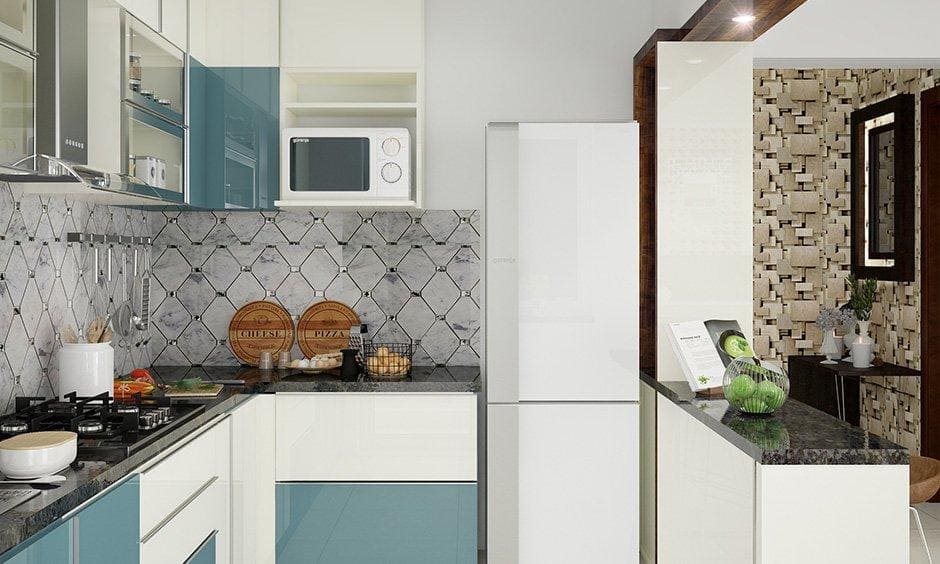In today’s world, smart homes are becoming increasingly common. As technology advances, more families are integrating these systems into their everyday lives. While these technologies offer convenience and efficiency, they also come with a set of responsibilities, especially when it comes to teaching kids about smart home safety. Ensuring that our children understand the importance of safety in a tech-driven home is crucial for protecting them and maintaining the security of our homes.
Introducing children to the world of technology can be both exciting and daunting. With the rise of smart home devices, it’s essential to educate kids on how to interact with these systems safely. This article delves into effective strategies for teaching kids about smart home safety, ensuring they are informed and confident in navigating a connected environment.

The Importance of Smart Home Safety
Smart home technology offers numerous benefits, such as increased energy efficiency and enhanced convenience. However, without proper knowledge and understanding, these technologies can pose potential risks. Teaching kids about smart home safety not only safeguards them but also helps in maintaining the overall security of the home. With the right guidance, children can become adept at using these technologies responsibly.
Introducing Smart Home Concepts to Kids
Before diving into safety protocols, it’s essential to introduce kids to the basic concepts of smart home technology. Explain the purpose of each device and how it contributes to the home’s functionality. Use simple language and relatable examples to make the concepts more understandable for children.
Setting Up Smart Home Rules
Establishing clear and concise rules is paramount for ensuring smart home safety. Discuss and agree upon household rules regarding the use and interaction with smart devices. Reinforce the importance of respecting these rules to maintain a secure environment.
Hands-On Learning
Children learn best through hands-on experiences. Engage them in activities that demonstrate the workings of smart home devices. Allow them to operate devices under supervision to build confidence and understanding.
Demonstrating Device Usage
Show kids how to use smart home devices safely and responsibly. For instance, demonstrate how to adjust the thermostat or operate smart lights. Ensure they understand not to tamper with settings without permission.
Understanding Data Privacy
Data privacy is a critical aspect of smart home safety. Teach children about the importance of protecting personal information and the potential risks of sharing data. Explain how devices collect and use data to enhance their functionalities.
Role-Playing Scenarios
Role-playing scenarios can be an effective way to reinforce safety practices. Create hypothetical situations where kids need to respond to various smart home issues. This method helps them think critically and make informed decisions.
Emergency Preparedness
Prepare kids for emergencies by discussing appropriate actions to take in case of device malfunctions or security breaches. Practice drills to ensure they know how to respond promptly and effectively.
Encouraging Questions
Encourage kids to ask questions and express their concerns about smart home technologies. Address their queries with patience and provide clear explanations to foster a deeper understanding.
Incorporating Educational Resources
Utilize educational resources such as books, videos, and online materials to supplement their learning. These resources can offer additional insights and reinforce safety principles.
Online Safety Workshops
Participate in online workshops or webinars focused on smart home safety. These events provide valuable information and practical tips for both parents and children.
Utilizing External Tools
Consider using external tools like parental control apps to monitor and manage device usage. These tools can help enforce rules and ensure kids’ safety while interacting with smart home systems.
Maintaining Open Communication
Maintaining open communication is key to fostering a safe and supportive environment. Encourage regular discussions about smart home safety and address any new developments or changes in the system.
Regular Updates and Reviews
Review and update safety protocols regularly to keep up with technological advancements. Ensure that children are informed about any changes and understand their implications.
Creating a Safe Environment
Ensure that the home environment promotes safety and security. Regularly check devices for any vulnerabilities or malfunctions and take necessary actions to rectify them.

FAQs
What is the best age to start teaching kids about smart home safety?
It’s advisable to start teaching kids about smart home safety as early as they begin interacting with smart devices. Tailor the information to suit their age and understanding.
How can I ensure my children’s data is protected?
Use secure passwords, enable two-factor authentication, and educate your children about the importance of not sharing personal information online.
Are there any resources available to aid in teaching kids about smart home safety?
Yes, numerous online resources, books, and workshops are available to assist in teaching kids about smart home safety. Participating in these can enhance their learning experience.
For more insights on how smart home systems work, you can read about the data that smart homes collect. Additionally, understanding how to fix smart home glitches can be beneficial in maintaining a secure environment.
For further reading on the broad advantages of home automation, you can visit this external resource.





